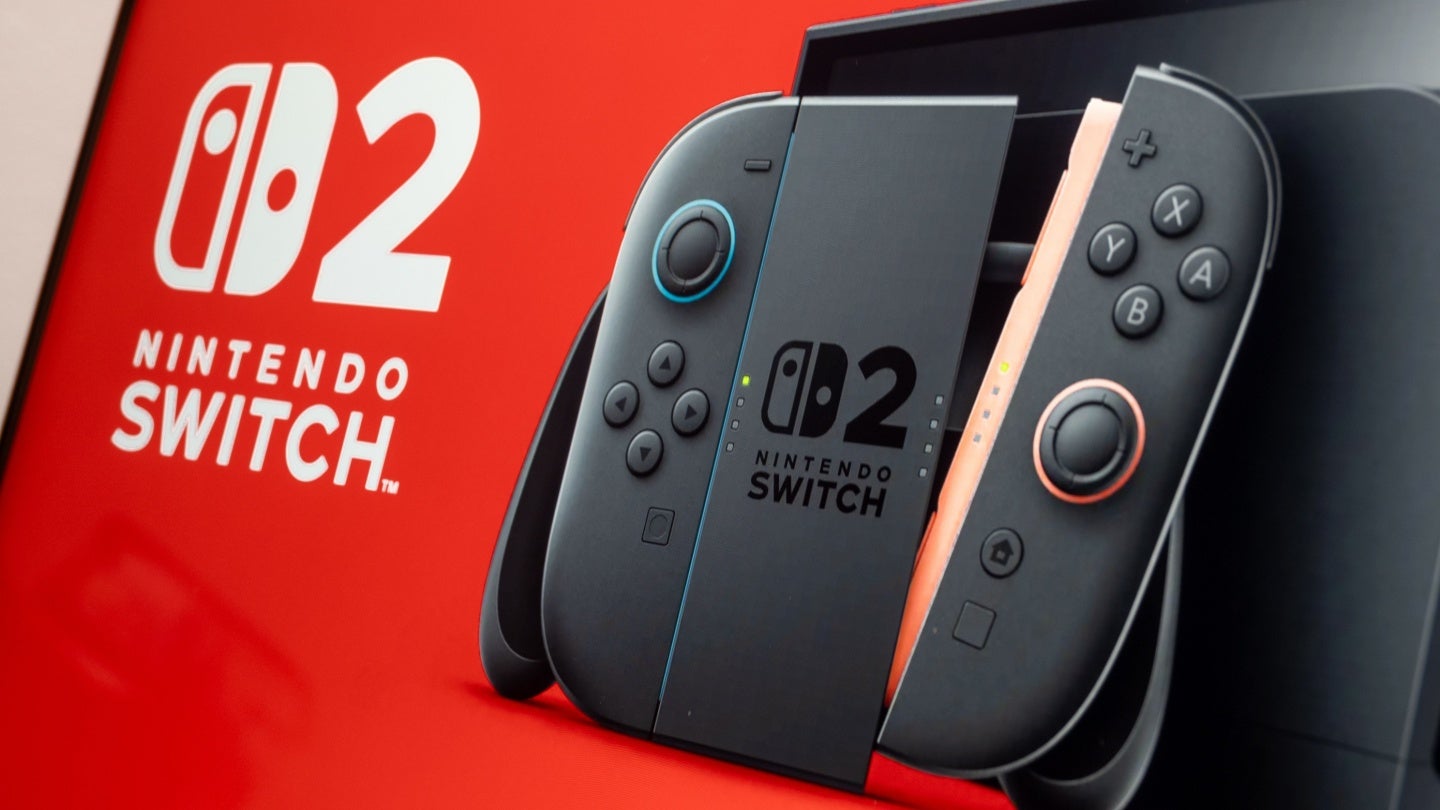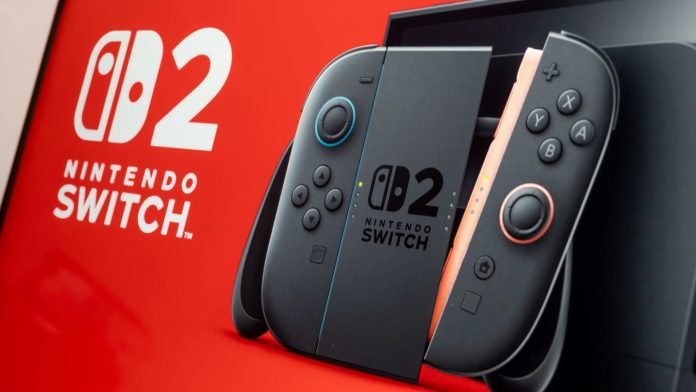Nintendo’s Switch 2 marks a pivotal moment in the evolution of hybrid gaming. Its hardware and design choices could influence not only the competitive dynamics of the console market but also the broader trends in mobile computing and chip design.

The release of the Nintendo Switch 2 in 2025 could significantly reshape the console gaming landscape, intensifying competition among industry giants Sony and Microsoft.
With its advanced Nvidia custom Tegra T239 processor, enhanced battery life, and larger display, the Switch 2 has the potential to elevate the hybrid gaming experience that has become Nintendo’s hallmark. The recently released console hopes to not only attract its established user base but also broaden its appeal through innovative features like cross-play support for select Xbox titles, positioning Nintendo as a formidable player in the console gaming market, which is projected to exceed $79bn by 2030.
As Sony focuses on high-quality, narrative-driven experiences and Microsoft leans into cloud gaming and AI integration, the Switch 2’s emphasis on accessibility and family-friendly gaming could carve out a unique niche. However, Nintendo must tread carefully to avoid the pitfalls of past missteps, such as the Wii U, which struggled to resonate with consumers.
The success of the Switch 2 could influence Nintendo’s competitors to rethink their hardware strategies, as well as inspire a wave of hybrid and handheld devices, further diversifying the gaming ecosystem.
Advances in portable gaming hardware
The Nintendo Switch 2 builds on the success of its predecessor by enhancing both performance and portability. The original Switch popularised the concept of hybrid gaming, seamlessly blending handheld and home console experiences. With the Switch 2, Nintendo takes this a step further, featuring a larger 7.9-inch OLED/Mini LED display that supports Full HD (1080p) in handheld mode and 4K resolution when docked. This upgrade not only delivers vibrant visuals but also incorporates HDR10 technology, enriching the gaming experience with a broader spectrum of colours and brightness.
Under the hood, the Switch 2 is powered by a custom NVIDIA processor, offering ten times the graphics performance of the original model. This includes dedicated RT Cores for real-time ray tracing and Tensor Cores for AI enhancements, ensuring smoother gameplay and sharper visuals. The introduction of Variable Refresh Rate (VRR) technology further elevates the gaming experience by minimising screen tearing.

GlobalData Strategic Intelligence
US Tariffs are shifting – will you react or anticipate?
Don’t let policy changes catch you off guard. Stay proactive with real-time data and expert analysis.
By GlobalData
With a focus on efficiency and mobility, the Switch 2 sets a new standard for portable devices, reinforcing Nintendo’s unique design philosophy while catering to the evolving demands of gamers.
Switch 2 implications for mobile computing and chip design
The anticipated launch of the Switch 2, powered by a custom NVIDIA SoC based on Ampere or Ada architecture, marks a significant evolution in mobile computing and chip design. This console emphasises power efficiency and GPU performance within a compact form factor, aligning with the growing trend of ARM-based, high-efficiency chips in consumer devices.
The success of the Switch 2 could set a new standard for the design of tablets, lightweight laptops, and other portable technologies, driving the adoption of scalable game engines and cross-platform development practices. As the semiconductor industry moves towards smaller manufacturing processes, such as the forthcoming 2-nanometer chips, the Switch 2 exemplifies how gaming hardware can spur innovation in mobile computing.
Companies like TSMC and Samsung are racing to implement this technology in 2025, promising more powerful and energy-efficient devices. The Switch 2 may influence manufacturers to prioritise chip designs that support advanced functionalities over extended lifecycles, catering to consumer demands for longevity and performance.
